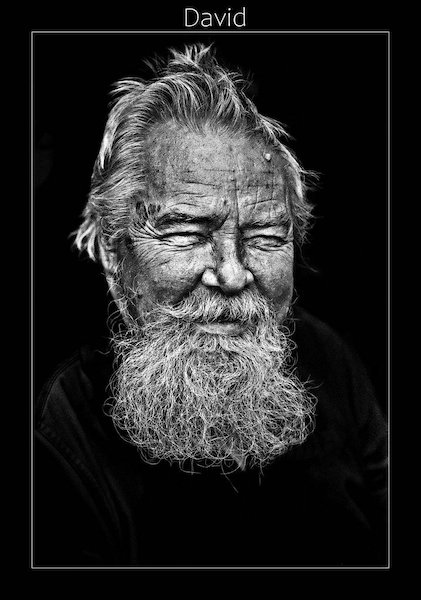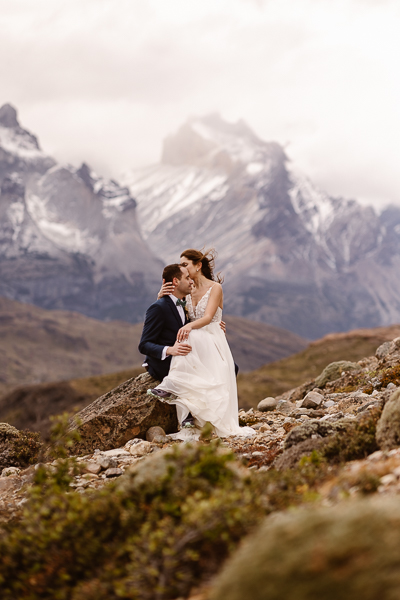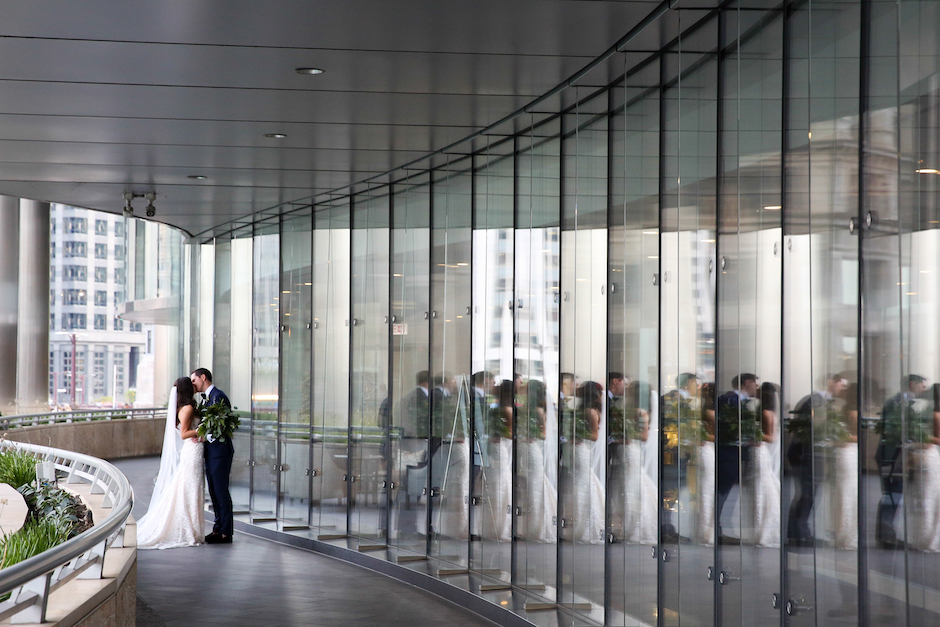Can Objects Depict Family Members? A Conceptual Spin on Portraiture
December 18, 2013
Is it possible to take a portrait of an individual without him or her present in the frame? Florence, Italy-based editorial and portrait photographer Camilla Catrambone is testing out this concept with her project, “Family Portraits,” in which she aims to portray the people she’s grown up with using only the objects they possess. “I think somehow every person is represented by their personal objects,” Catrambone says. “The objects they choose, the ones they are attached to and the way they use them tell you a story.”

Above: “Grandma Ilva #2.” All photos © Camilla Catrambone
In a way, objects can be more vivid storytellers than people; just by looking at them, they have the power to transport you back to a certain time and place, conjuring up precise memories of how something felt, smelled, tasted and even its significance. Catrambone became fascinated by the way certain objects could trigger childhood memories of her family members. It began with the way some of her grandparents’ possessions, however ordinary or unusual, seemed to somehow thrum with life and energy even after her grandparents had passed away. Catrambone came up with the idea of taking their portraits using only these objects and nothing else, as a way of taking a personal look back at what that person has meant to her. “The objects represented in every picture don’t necessarily talk about the entire life of my family members,” Catrambone concedes, “but the portrait deeply describes a moment I shared with them.”
Catrambone grew up close to her family. Born in rural Florence, she lived in an old peasant house on top of a hill, without any neighbors. The house itself was divided into three apartments, one of which was occupied by her maternal grandparents, Mario and Ilva. When she, her brother Jacopo and two cousins, Lorenzo and Marco, got home from school, it wasn’t unusual for Catrambone to pop by her grandparents’ apartment to play. She was most fascinated by her grandfather Mario’s office, so it became clear when she began to reorganize his possessions that she would start by laying out those things found in his desk on his writing table. The desk was full of papers, pens, staples, a calculator and a telephone, and it had a lot of drawers where Mario used to keep smaller things, she says, such as blank out papers or Blanco, Pelikan carbon paper, a rubber stamp and a paper knife to open up letters. An array of these objects and possessions appear in his portrait (captured with a Canon 5D Mark II, her 24-70mm f/2.8 lens and Quantum flashes). Simply titled “Grandpa Mario,” each item is neatly and carefully laid out in a way that describes a man who wasn’t necessarily tidy, but who appreciated the functionality and purpose of things.

Above: “Grandpa Mario.”
“Of course, it was much fun playing with all of these objects, and it’s amazing how much the memories remain vivid,” Catrambone says. “I can smell the ink and paper. I can hear the sound of the writing machine, especially the one when the paper came to an end and you had to start a new paragraph, and I hear the sound of the dial telephone and feel the rhythm of dialing the area code 0-5-5—it went one long route and two shorter. I remember the taste of the Pastiglie Valda candies. I used to steal them from his table and lick my finger to pick up the sugar that remained on the bottom of the metallic box.”
Catrambone next made a portrait of Mario’s wife, Ilva, who was known widely in Florence as one of city’s the most beautiful women. Ilva met Mario in the city center, where they fell in love and got married. She gave birth to their first child while Mario was away at war, but the two wrote letters to one another, such as the one Catrambone included in Ilva’s portrait, addressed to Captain Mario. A reader of Noir books, Ilva was also a talented seamstress, Catrambone says, who had an innate sense of elegance. She wore a pearl necklace, earrings (clip-ons), rings, a brooch and a leather-strapped watch, which can also be seen wrapped around Ilva’s wrist in the old photo of her. She wore a fur coat during the winter, had an embroidered handkerchief, and kept spare change in a little coin purse. She perfumed herself with a peculiar scent. “It’s not a specific scent,” Catrambone explains. “It’s the smell of an ‘expired’ perfume, do you know what I mean?”
_PYSK_Grandma_Ilva_Marios_wife.jpg)
Above: “Grandma Ilva-Mario’s Wife.”
Though it wasn’t difficult to conjure up these detailed memories of the past, Catrambone had a new challenge when it came to making a portrait of her mother, a person with whom, she says, she remains deeply close, and who does not need objects to express her own living, breathing vitality. “I have the deepest relation a daughter could have with her mom, and we get to talk to each other every day,” she says. “We always know what’s going on in one another’s lives, and when you think about that person for a portrait, you could get too involved to make a clear analysis.”
But Catrambone accepted the challenge to characterize the woman who has devoted most of her life to caring for Catrambone and her brother. “She has been an amazing housewife, and my family’s deep closeness is surely thanks to her,” she says. “You don’t get to see how much work she has done until you grow up and notice that your childhood has been almost perfect.”

Above: “My Mom.”
Catrambone says that during her childhood, the most important part of the day was dinner, when the whole family could sit down together, share what happened during their day, and solve any problems. Her mother looked after every detail of the meal to make sure it was always delicious, so Catrambone says she did the same for her portrait, “My Mom #2.” For this image, she arranged her mother’s bouquet of garlic with one head pulled off to the side; one wine cork stands up as one lies sideways next to it; one egg sits in a small basket while another, slightly broken at the tip, is propped on the marble countertop with a subtle amount of yolk seeping out of the cracks, making a small, clear and barely discernible puddle beneath it.

Above: “My Mom #2.”
To this day, friends and family gather at Catrambone’s parents’ place to eat dishes that “look like paintings and smell like tradition and genuineness,” she says. “If you’re not hungry you’re going to eat anyway, and if you’re in a bad mood, having a great meal is something that helps a lot.” When thinking about what her mother has meant to her over the years, she describes her as “the great chef of my family recipe.” As Catrambone and her brother have grown into adulthood, their mother has been in the process of reinventing her life, and Catrambone foresees taking another portrait of her in a few years, next time with different possessions to describe her new self.
“I’m working on some new portraits right now, too, including my Grandma Ilva’s sister, Aunt Derna, who’s been an amazing woman,” Catrambone says, “and two of my dad, who’s surely kind of upset and jealous that he doesn’t have a portrait yet—don’t worry, Dad, I’m working on it!”




